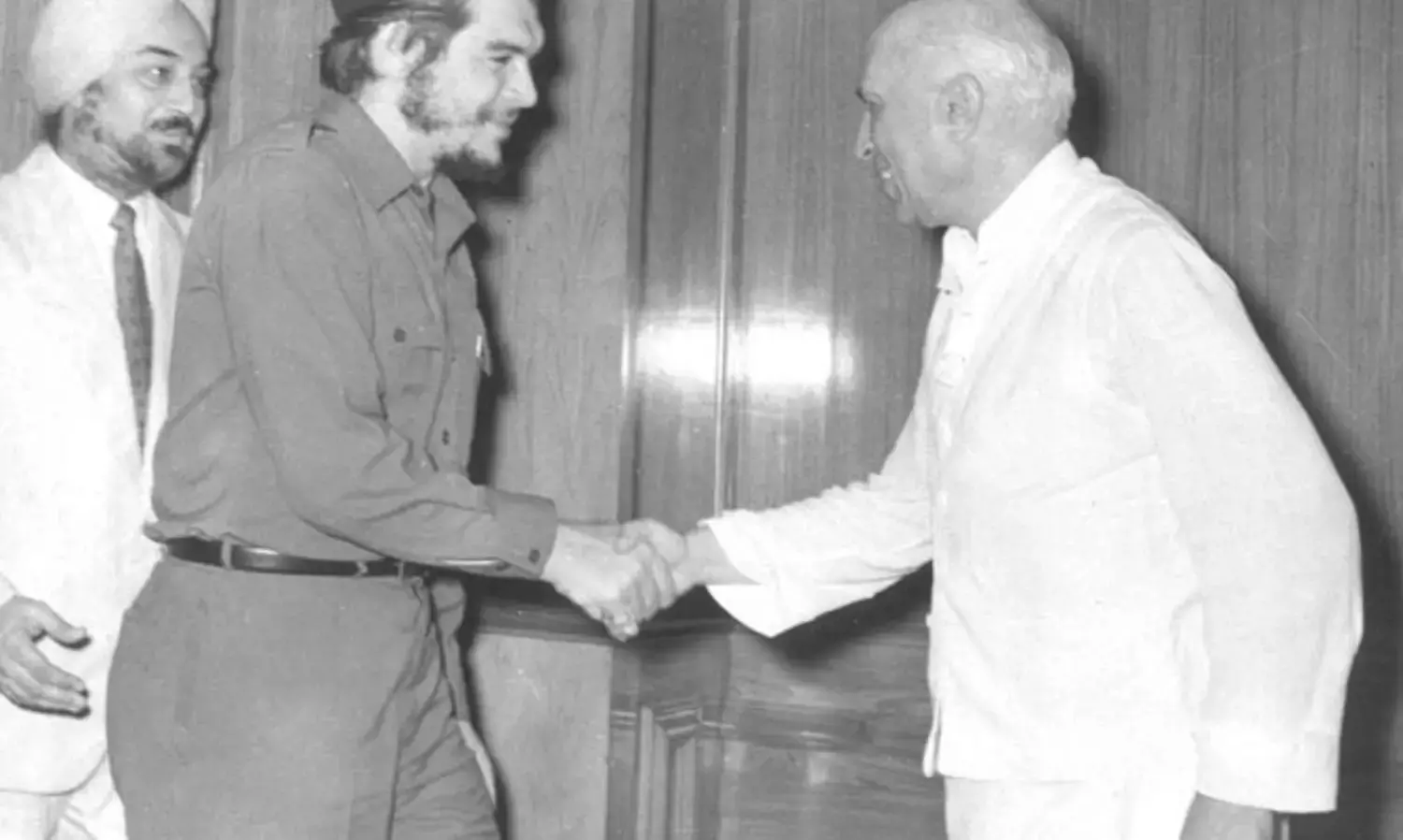‘I Can Never Forget PM Nehru Wielding a Lathi to Disperse a Rampaging Mob’
Former Chief of Naval Staff Admiral Ramdas remembers Nehru jumping into a violent mob to disperse it

In 1947 I was a fourteen year old – living in Delhi – caught up in the trauma of Partition and the excitement of the promise of Independence. I was motivated to join the Armed Forces – the Navy, primarily because it would provide me an opportunity to serve the country and contribute towards nation building. I must confess to being completely fascinated by the spotless white uniform sported by the dashing Lord Louis Mountbatten of Burma – the last Viceroy and the first Governor General of India!! One could not but observe Jawaharlal Nehru in his impeccable churidhar and kurta, and the signature ‘Nehru’ jacket. It has a different name these days!
Looking back on the qualities that made that generation of leaders stand out in one’s memory – there is one image which I will never forget – and the closest that I came to seeing ‘Nehru in Action’.
Three incidents from those terrible times remain etched in my mind –
. The brutal knifing of a hapless Muslim man before my eyes ;
. an angry mob outside our Bengali Market home, threatening my father with violence if he did not send out his friend and colleague, Ghulam Mohammed, who had sought shelter with us;
. and seeing Pandit Nehru wielding a lathi to disperse a rampaging mob, totally regardless of his personal safety
And it is this last one that I would spend a few seconds recalling.
I was on my way home from my school, New Cambridge School which was in Connaught Circus on the first floor of a block opposite the Fire Brigade. There were agitated, and often violent mobs everywhere. One such group headed towards the famous book shop S. Riazuddin and Sons – a favourite haunt for many of us Dilliwalas.
Suddenly, almost of nowhere, I saw a cream coloured ambassador car drive up, stop, the door opened, and to my amazement and disbelief, I saw Jawaharlal Nehru, jump out and run towards the looters brandishing his “lathi” – and shouting at them to stop. I was stunned to see our Prime Minister, without security, and unmindful of his personal safety, jump in and take charge.
As it happened, I was on a short visit to Bombay, and found myself in Mohammed Ali Road, on that evening of January 130, 948, when Gandhiji, the Father of the Nation, was tragically assassinated in Birla House, Delhi. I saw shutters being hastily pulled down by shopkeepers and people running helter skelter. I recall how relieved we all were when Nehruji came on the air over All India Radio soon after, and kept announcing that Gandhi was killed by a Hindu. This way he ensured that there would be no explosion of violence and anger let loose on the minority community. This again required both presence of mind and a deep belief in the need to preserve the secular fabric of our nation.
As I look back over the years, and particularly with reference to the recent violence in North East Delhi in February this year, it is hard not to compare that incident in the highly inflammatory conditions of 1947, to the total absence of any of our top political leadership, who could have intervened by their physical presence in the afflicted areas in 2020, to help control the violence and subsequent communal divide that has affected the nation deeply.
A true leader is one with vision and courage, who leads by example. And to my mind, Panditji exemplified these qualities.
Admiral Laxminarayan Ramdas, PVSM, AVSM, VrC, VSM, ADC served as Chief of Naval Staff of the Indian Navy.
Cover Photograph: Jawaharlal Nehru with Che Guevara in Delhi.



